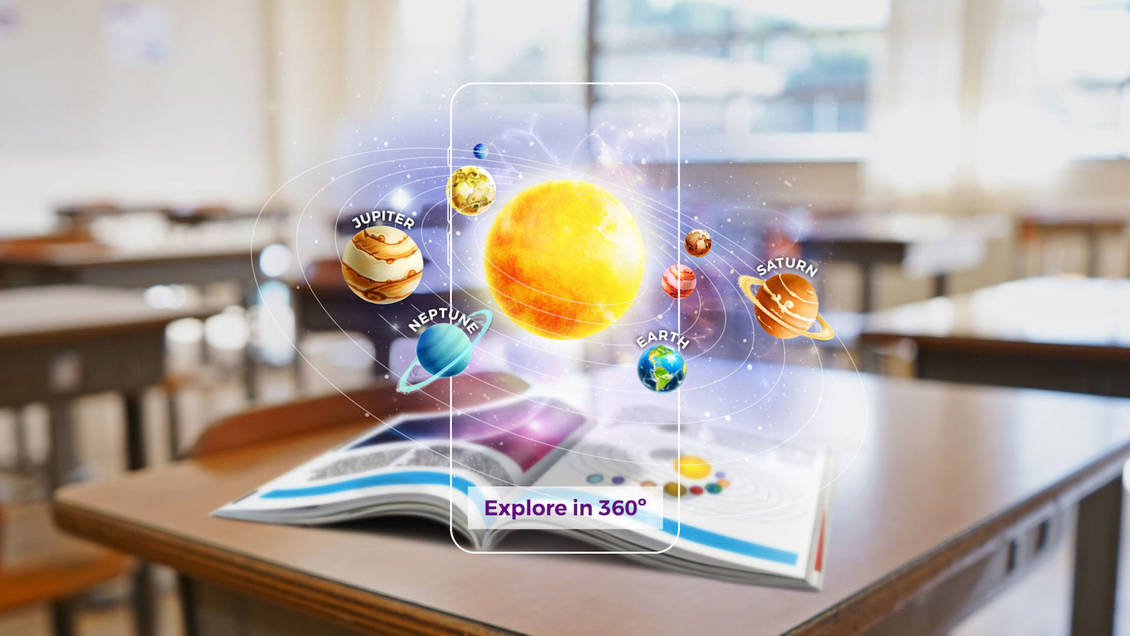
Augmented Reality
Author: Rushikesh Chavan
Date: 28-09-2022
Augmented Reality
Augmented truth (AR) is an interactive enjoy combining a actual-international surroundings and computer-generated content material. The content material can span more than one sensory modalities, which include visual, auditory, haptic, somatosensory and olfactory. AR may be described as a machine that carries 3 fundamental features: a aggregate of actual and digital worlds, actual-time interaction, and correct three-D registration of digital and actual objects. The overlaid sensory statistics may be constructive (i.e. additive to the herbal surroundings), or destructive (i.e. covering of the herbal surroundings). This enjoy is seamlessly interwoven with the bodily international such that it's far perceived as an immersive issue of the actual surroundings. In this way, augmented truth alters one`s ongoing belief of a actual-international surroundings, while digital truth absolutely replaces the user's actual-international surroundings with a simulated one.
Augmented truth is basically synonymous with blended truth, and overlaps computer-mediated truth and prolonged truth.
The number one price of augmented truth is the way wherein additives of the virtual international combination right into a person's belief of the actual international, now no longer as a easy show of data, however thru the mixing of immersive sensations, which can be perceived as herbal elements of an surroundings. The earliest practical AR structures that furnished immersive blended truth stories for customers have been invented withinside the early 1990s, beginning with the Virtual Fixtures machine advanced on the U.S. Air Force's Armstrong Laboratory in 1992. Commercial augmented truth stories have been first delivered in amusement and gaming businesses. Subsequently, augmented truth programs have spanned business industries together with education, communications, medicine, and amusement. In education, content material can be accessed with the aid of using scanning or viewing an photograph with a cellular tool or with the aid of using the usage of markerless AR techniques.
Augmented reality is used to enhance natural environments and situations and provide cognitively enhanced experiences. With the help of advanced AR techniques (adding computer vision, embedding AR cameras in smartphone applications, object recognition, etc.), information about the real world around the user is interactively and digitally manipulated. Information about the environment and its objects is overlaid on the real world. This information may be virtual. Augmented reality is any experience that is artificial and complements existing reality. or real. See other actually sensed or measured information, such as electromagnetic waves superimposed to precisely match actual position in space. Augmented reality also has many possibilities in collecting and sharing tacit knowledge. Augmentation techniques are typically performed in real-time and in a semantic context using environmental elements. Immersive sensory information may be combined with additional information such as scores via live video feeds of sporting events. It combines the benefits of augmented reality and heads-up display (HUD) technology.